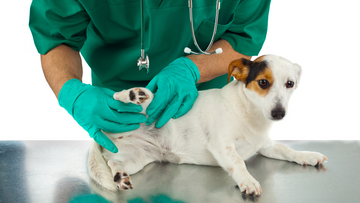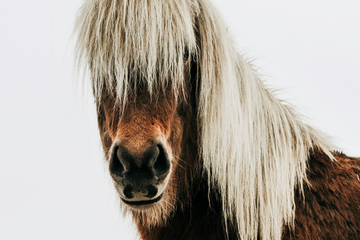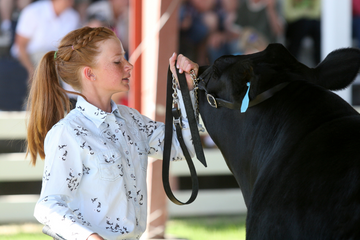Equine Infectious Anemia also known as Swamp Fever is viral disease. This virus attacks the horse’s immune system which can be potentially fatal. EIA can be transmitted by blood feeding insects, such as horse flies, stable flies, and deer flies. As well as transmission through contaminated syringes, needles, surgical instruments, and teeth floats. The virus can stay up to 96 hours on needles through blood transfusions. Since these insects are mainly active in the summer months and prefer wet, marshy, and wooded areas. Therefore, outbreaks of EIA are often associated with horses pasturing in swampy areas, hence the name swamp fever.

The disease begins with an acute phase of illness, followed by chronic symptoms which continue throughout the horse’s life. However, horses can carry the disease without showing any symptoms but can still be a source of infection.
Common symptoms:
- Fever
- Muscle Weakness
- Lack of appetite
- Swelling in legs
- Weight loss
- Increased heart rate
- Loss of coordination
- Diarrhea
The Coggins Test was created in the 1970's to determine whether a horse is carrying the disease. It was developed by Dr. Leroy Coggins in 1970 and was rightly named the Coggins test. To perform a Coggins Test, your vet will draw a sample of blood. Secondly, they will send it into a testing facility where the blood will be tested for EIA antibodies. A negative Coggins test means there were no detectable antibodies at the time of testing. A positive test indicates the horse does have detectable EIA-specific antibodies. Horses that test positive for EIA, must be immediately quarantined, along with other horses on the same property. However, the key to prevention is the identification and control of infected horses. Sadly, there is no cure for EIA. If the horse recovers, it will test positive for EIA the rest of its life. Which means they will not be able to be pastured with or near any other horses as it can spread the disease. Many horse owners decide to humanely euthanize their horse if it tests positive for this disease.
Ways to help prevent:
- Routinely test all horses every 12 months.
- Test any horses going out to horse shows or competitions.
- Test when transporting your horse from state to state.
- Isolate new horses until they have been tested for EIA.
- Use disposable needles and syringes.
- Have an insect control program at your barn or pastures.
- Do not breed EIA positive tested horses.
As a result, Benefab’s®
Rejuvenate SmartScrim can help assist horses with chronic EIA to alleviate pain and inflammation and help stimulate oxygen flow. The sheet is breathable mesh infused with far-infrared emitting minerals that reduce recovery time, promote blood circulation, and increase oxygen flow. It emits far-infrared rays in conjunction with over 80 magnets poised over specific acupuncture points that keep muscles, joints, tendons, and ligaments soft and relaxed. Most importantly, the light, flexible design provides ultimate ease of use for relief when your horse needs it most.
 The disease begins with an acute phase of illness, followed by chronic symptoms which continue throughout the horse’s life. However, horses can carry the disease without showing any symptoms but can still be a source of infection.
The disease begins with an acute phase of illness, followed by chronic symptoms which continue throughout the horse’s life. However, horses can carry the disease without showing any symptoms but can still be a source of infection.






















